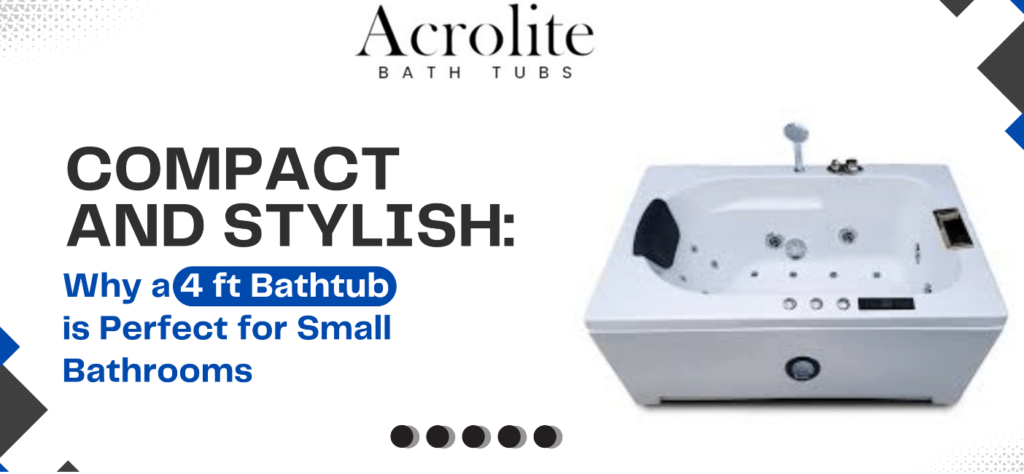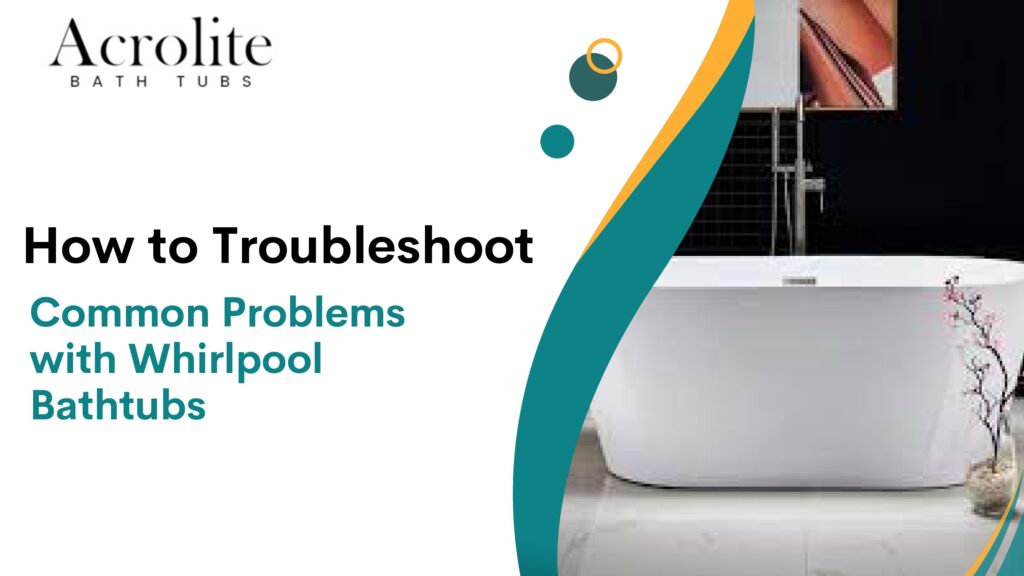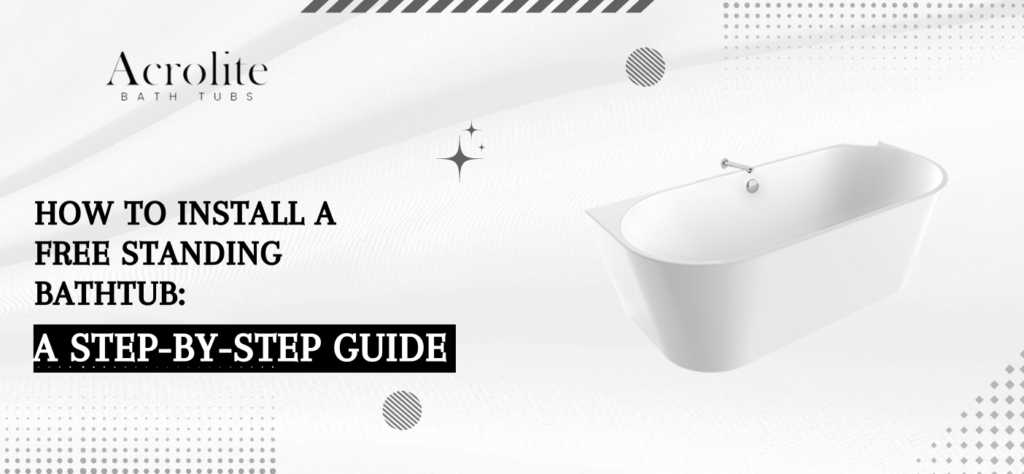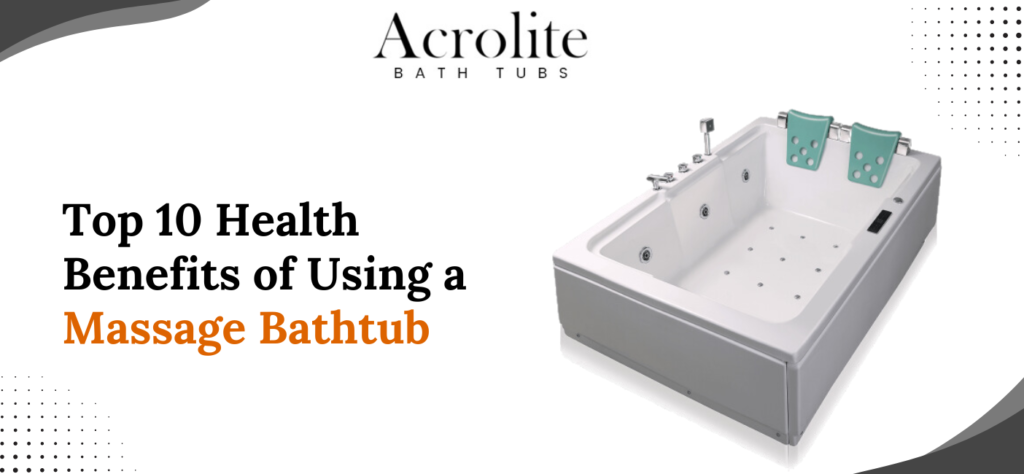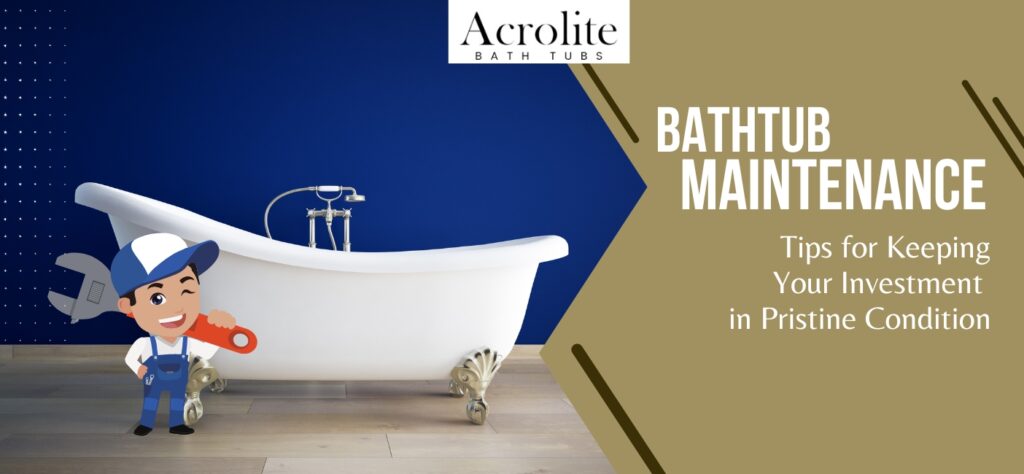Compact and Stylish: Why a 4 ft Bathtub is Perfect for Small Bathrooms
It may be difficult to create a bathroom that is both visually beautiful and useful in today’s modern houses, when space is sometimes at a premium. However, even little bathrooms can be turned into opulent havens with a little imagination and the appropriate design decisions. A solution that is becoming more and more common is the 4-foot bathtub. These elegant and petite tubs come with several features that make them perfect for small bathrooms.
Space-Saving Efficiency
The size of a 4-foot bathtub is perhaps its greatest benefit. These smaller versions are far more space-efficient than traditional 6-foot tubs, allowing for more effective use of the available bathroom space. Small flats, condominiums, or houses with compact bathrooms can especially benefit from this.
Enhanced Functionality
4-foot bathtubs are small, but they don’t sacrifice utility for size. For a comfortable bathing experience, ergonomic elements are included in several models. To store toiletries and other necessities close at hand, some bathtubs include built-in shelves or storage spaces. Furthermore, big bathtubs frequently work well with smaller shower enclosures, resulting in a multipurpose bathroom.
Stylish Designs
The days of little baths being connected to outmoded or ugly designs are long gone. To accommodate a variety of aesthetic tastes, modern manufacturers provide a broad selection of chic and modern 4-foot bathtub alternatives. A 4-foot tub may be found to match any bathroom’s decor, from elegant and sophisticated to sleek and simple.
Cost-Effective Choice
Four-foot baths are often less expensive than bigger ones. Because of this, they provide a desirable alternative for individuals on a budget without sacrificing design or usefulness.
Environmental Considerations
Smaller bathtubs are a more ecologically friendly option since they need less water to fill. This can help you use less water overall and pay less for utilities.
Ideal for Couples and Singles
Four-foot bathtubs are great for couples or single people who want to take a leisurely soak, but they might not be ideal for large families. These tubs don’t take up a lot of space and provide enough area for a relaxing and pleasurable bathing session.
Choosing the Right 4-Foot Bathtub
When selecting a 4-foot bathtub, consider the following factors:
- Space: Take precise measurements of your bathroom to make sure a 4-foot tub will fit in there comfortably.
- Style: Select a pattern that harmonizes with the overall appearance of your bathroom.
- Features: Take into account any extra features, such built-in shelves or jets, that you may want.
- Material: Acrylic, cast iron, or fiberglass are common materials used to make bathtubs. Every substance has benefits and drawbacks of its own.
To sum up, a 4 ft bathtub is a great option for tiny bathrooms. These elegant yet little tubs have several advantages, including as improved functionality, cost-effectiveness, and space-saving efficiency. You may locate the ideal 4-foot bathtub to turn your tiny bathroom into an opulent haven by carefully weighing your needs and tastes.

